Reading through industry magazines and newsletters about the best practices on pasture management may be the best way to learn what to do for better pastures. But not all of us have time to read these materials from front to back. That is why, in this blog, I'll be sharing with you ten brief and quickly explained tips for pasture management.
To summarise, these are the ten ultimate tips to get your farm firing:
1. Manage your grass first
2. Control the growth of weeds
3. Have a forage management plan for maximum return
4. Identify the most suitable grazing system
5. Practice targeted feeding
6. Know your soil
7. Now that you know your soil apply fertiliser
8. Consider farm maintenance as a part of your pasture management plan
9. Be resourceful, innovative, and experimental
10. Let go of old ways, if need be. Trust and learn from new research
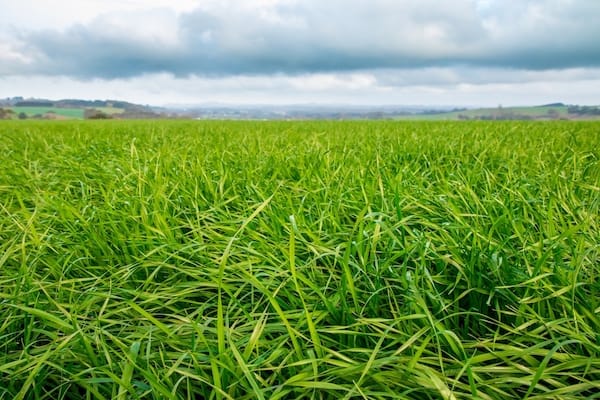
1. Manage your grass first
Being able to grow healthy pasture and other desirably related plants is the goal of managing your grass first. Having healthy grass and other desirable plants can help ensure profitability through consistent forage availability and livestock sustenance. To maximise your ability to grow forages, you should be able to understand and measure the capacity or your pasture to support your livestock. For example, if you manage your grass first, you can expand your forage resources, which can mean being able to feed more cattle with a higher stocking rate. And feeding more livestock, lets you earn more income.
By managing your grass first, you are enhancing and conserving your grass resources, increasing the quantity and improving the quality of your forage, restoring the nutritional quality of your soil, thereby lowering your overall operational costs. Your primary asset is not your livestock for production, but your healthy and nutritious grass, which continues to ensure the excellent quality of farm outputs from your cattle.
More so, when you manage your grass first, you are significantly contributing to the sustainability of your pasture’s surrounding ecosystem. Integrated pest management (IPM) is your best friend and can enhance your farming system with proper pasture management. IPM is why, in some literature, grass management practices are considered to be part of ecosystem management as well.
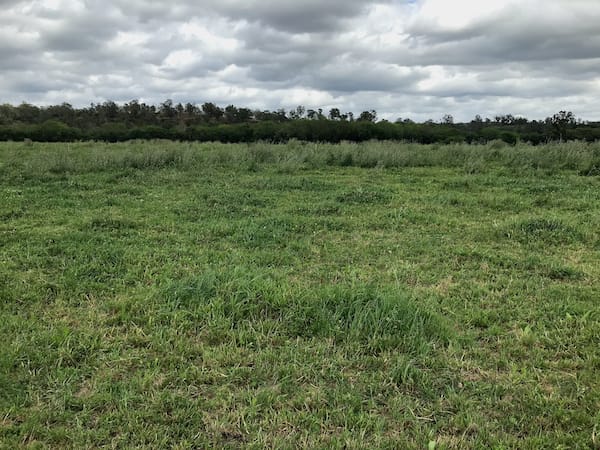
2. Control the growth of weeds
In one of my previous blogs, I discussed weed growth control management. Why do you need to control weed growth? Weeds compete with other desirable plants in your pasture for nutrients, soil, water, and space. Younger or smaller plants even suffer when weeds overpower their younger plant parts. Some farmers also suffer from unprecedented troubles to their entire farm, such as when weeds block drainage pipes, or when they obstruct the use of farm machinery for cultivation.
In some cases, weeds can require more manual labour for farmers. That is why keeping weeds off your pasture cannot be done quickly overnight. So the first step to controlling weed growth in your paddocks is to define what plants are present and figure.card.card-raised out why it is surviving in your pasture. Knowing this will help you identify the best weed growth control method for your farm. And there are many you can choose from: preventive methods, cultural methods, chemical methods, biological methods, or manual/mechanical methods.
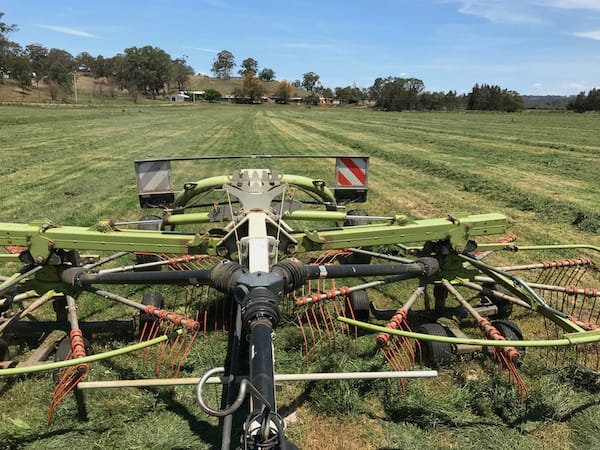
3. Have a forage management plan for maximum return
A forage management plan is mainly all about resources management. To do this, first identify the kinds of resources that you have. Then, list down all the changes that you would like to see with your plan. Lastly, identify the capital that you have that you are capable of pouring into making these changes.
When we identify our goals in anything, a necessary step to make sure that we attain them is to develop a plan to do so — the same with pasture management. Planning gives you a sense of things, especially the numbers. If you run the numbers on paper and it doesn't work, there is a big chance it won’t work at all.
That is why a forage management plan is essential. You should identify underperforming resources in your pastures and look for grazing practices that can solve the issues with these underperforming resources. These resources may include land, livestock, water, and capital. Part of your forage management plan is the goal of attaining the maximum potential return from the correct management of all these resources.

4. Identify the most suitable grazing system
There are different types of grazing systems for different kinds of pastures. A grazing system gives us farmers a schedule of when and where our livestock should graze during a pasture season. The goal of having a grazing system is to produce high-quality pasture for the entire grazing season.
In choosing the right grazing system, you should make sure that, first, it is flexible and straightforward. You will be doing this the entire year, so deviate from complex and rigid systems. Second, it should be on the proper and maximum utilisation of forage plants, as well as the even distribution of grazing livestock. Third, always keep in mind that no grazing system will enable you to eliminate the need for proper stocking rates. Lastly, there is no one-size-fits-all when it comes to selecting the grazing system for your pasture.
Depending on your farming environment, you can choose from the following grazing systems:
-
Continuous Grazing
This system requires minimal labour and minimum fencing as you will turn the livestock onto a pasture and will be left there to graze for the whole grazing season
-
Rotational Grazing
This grazing system provides higher stocking rates, resulting in the efficient use of forage production, which can turn surplus pasture into conserved fodder. It also provides flexibility as it involves dividing the farm into paddocks. The herd of cattle are then moved from one paddock to another throughout the grazing season for optimising grazing and forage growth. The rotational grazing system is most effective when the herd is transferred to the next paddock before they have the opportunity to graze the grass too hard. More so, the pasture performance is best when the plants are in their leafy stage of growth, and fertiliser applications on the paddocks are regular.
-
Complementary Grazing
This system is designed to use a combination of renovated and native pastures for optimal plant growth and utilisation. The system, defined by a small area of land that is renewed with grass and grazed in rotation with more extensive native pastures, is managed with wholistic grazing principles.
-
Strip Grazing
A strip grazing system is a form of rotational grazing where cattle graze strips across a paddock. This system provides higher stocking rates, assures livestock with a daily supply of fresh grass, and increases production per hectare. With the use of a moveable electric fence (break-fencing), cattle can be allowed to consume enough pasture for one day. Every day, the temporary fence is moved to allow the livestock to access another batch of fresh grass. Back fencing, where another temporary fence is moved behind the cattle, restricting the herd from overgrazing and allowing for quicker recovery of the pasture.
-
Mechanical Grazing
In this grazing system, forage production per hectare increases, and there are no losses from livestock underutilising pasture. Also, it requires less fencing and leaves no opportunity for selective grazing. The forage is cut and carried when it is in the early growth stage with the use of a machine and then hauled to the livestock.

5. Practice targeted feeding
Reallocating nutrients across your paddocks is one of the many benefits of targeted feeding. In targeted feeding, you focus on paddocks low in soil fertility for feed padding. By doing so, you can build up nutrients from fodder that is brought in and fed out in the paddock.
In some targeted feeding systems, a practice is dispersing fodder in the parts of the paddock that have low soil fertility. If this is the practice, it is essential to make sure that portions with low soil fertility are visited and fed with harvested hay more frequently. This system can help preserve the ground from livestock damage and redistribute the nutrients throughout the paddock, especially in areas with low fertility. But, feeding locations must also be rotated to prevent severe overgrazing.

6. Know your soil
To act on a problem, you should first know what the problem is — in pasture management, understanding the soil type and nutrient contents in the soil matter in assessing the area. This analysis is completed first with soil sampling and testing. This process will show you the nutrients available to the plants and other chemical factors in the soil that is important for productivity.
However, soil sampling and testing should be done regularly, at least before planting any new crop as soil nutrient levels vary from year to year. Always remember that as farmers, our decisions are suitable if we understand and have a gauge of our soil's fertility levels.
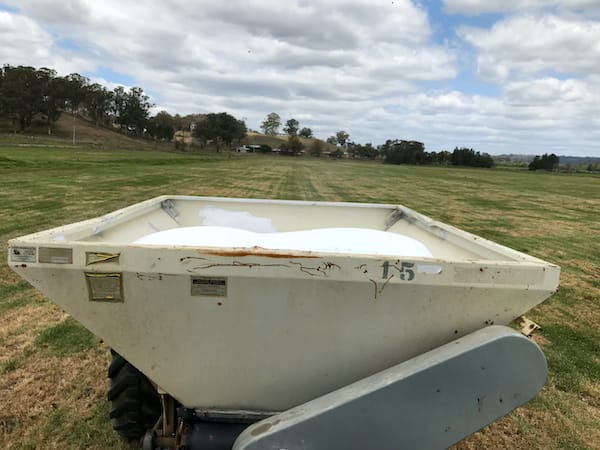
7. Now that you know your soil apply fertiliser
Fertilising is an essential part of a comprehensive nutrient management plan. Feeding your soils with fertiliser will bring in nutrients to areas of your paddocks that have lost nutrients. You may use the manure of your livestock as fertiliser. Grazing is an excellent way to spread out this natural fertiliser. There are organic and synthetic fertilisers to suit your farming needs that can be used to boost the nutrients required by your soil.
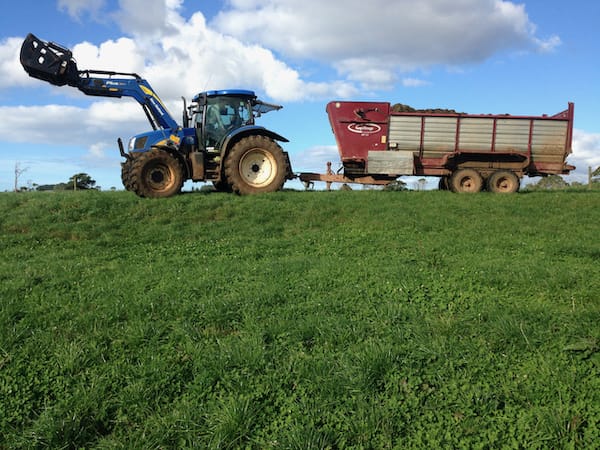
8. Consider farm maintenance as a part of your pasture management plan
Farm maintenance, such as fence work, cleaning water troughs and checking your fence chargers, sprayers, and spreaders, are essential parts of overall pasture management. If you fail to do one of these farm maintenance works, it can affect your grazing schedule or even your forage management. In short, for all of these practices to come together, farm maintenance is something you cannot overlook.
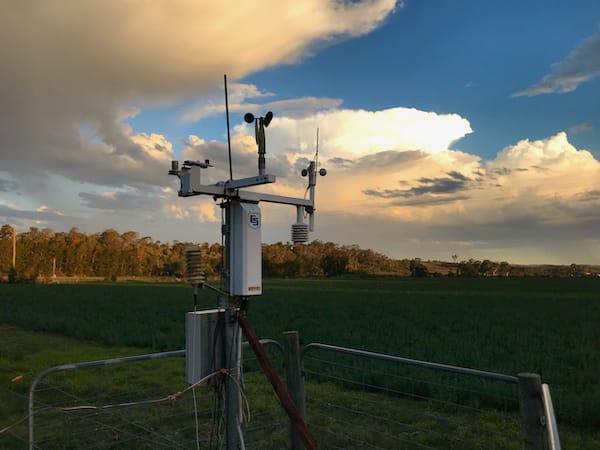
9. Be resourceful, innovative, and experimental
In pasture management, caution is reasonable, but too much caution without curiosity to ask questions and try new things can be detrimental. Each pasture is unique, and so even if one thing works for somebody else's pasture does not assure you of success if you do it on your farm. Don’t be afraid to experiment and try, which works best for you.

10. Let go of old ways, if need be. Trust and learn from new research
In connection with number nine, try to look beyond traditional methods and instead innovate and adapt new research, findings, and experiments for new pasture management practices. Attend seminars, forums, workshops, and other learning opportunities to gauge and get updated with new results on pasture management. Every day, look for new and better ideas that you can apply to your pasture. Remember, a great pasture management plan is a site-specific one.
I do reply to every comment and would love to hear your experiences with weed control and which method you deploy in the comments below.
Happy farming!
- The Dedicated Team of Pasture.io, 2019-09-25